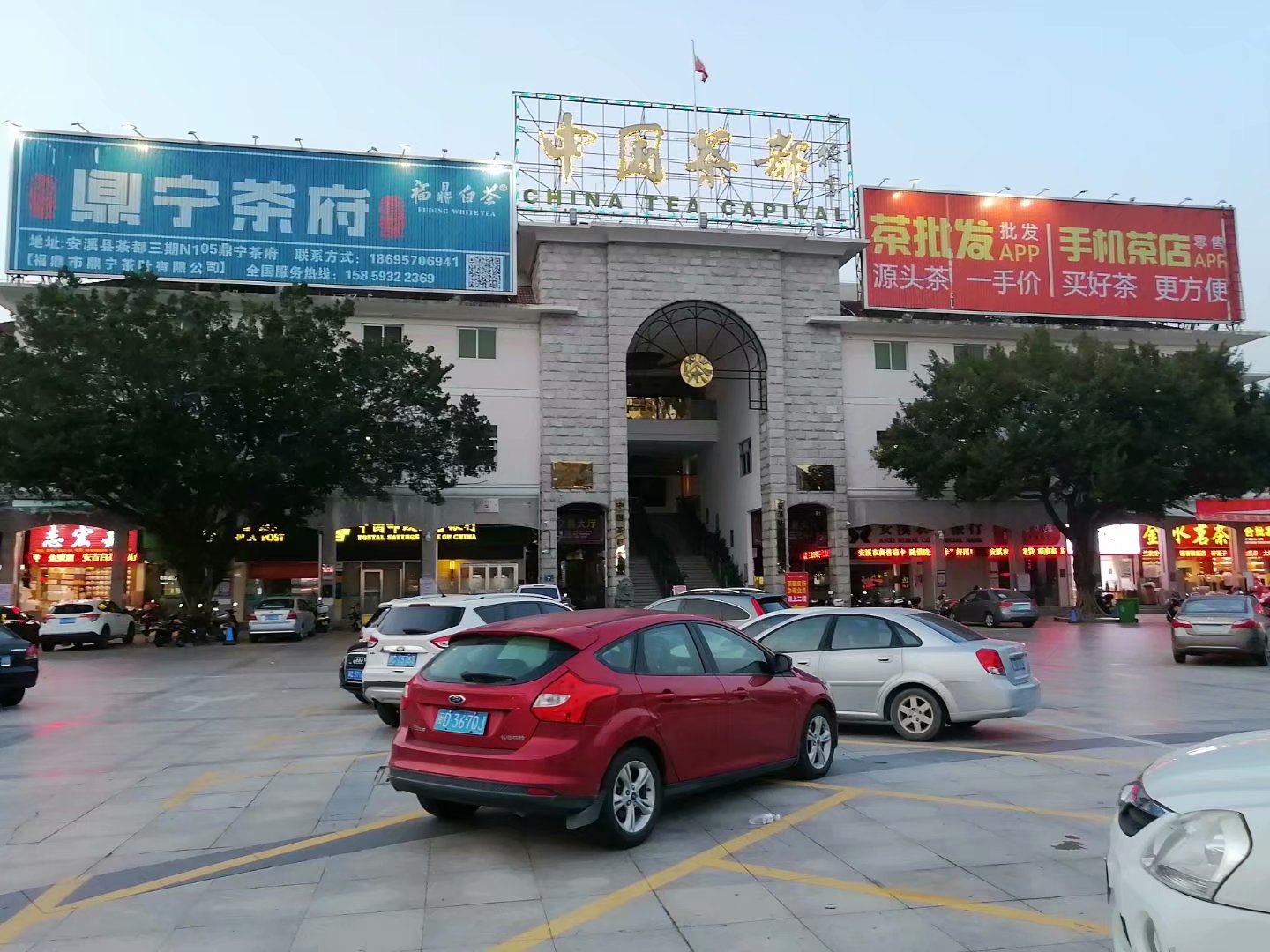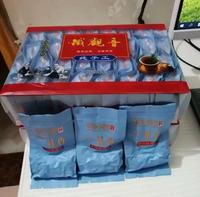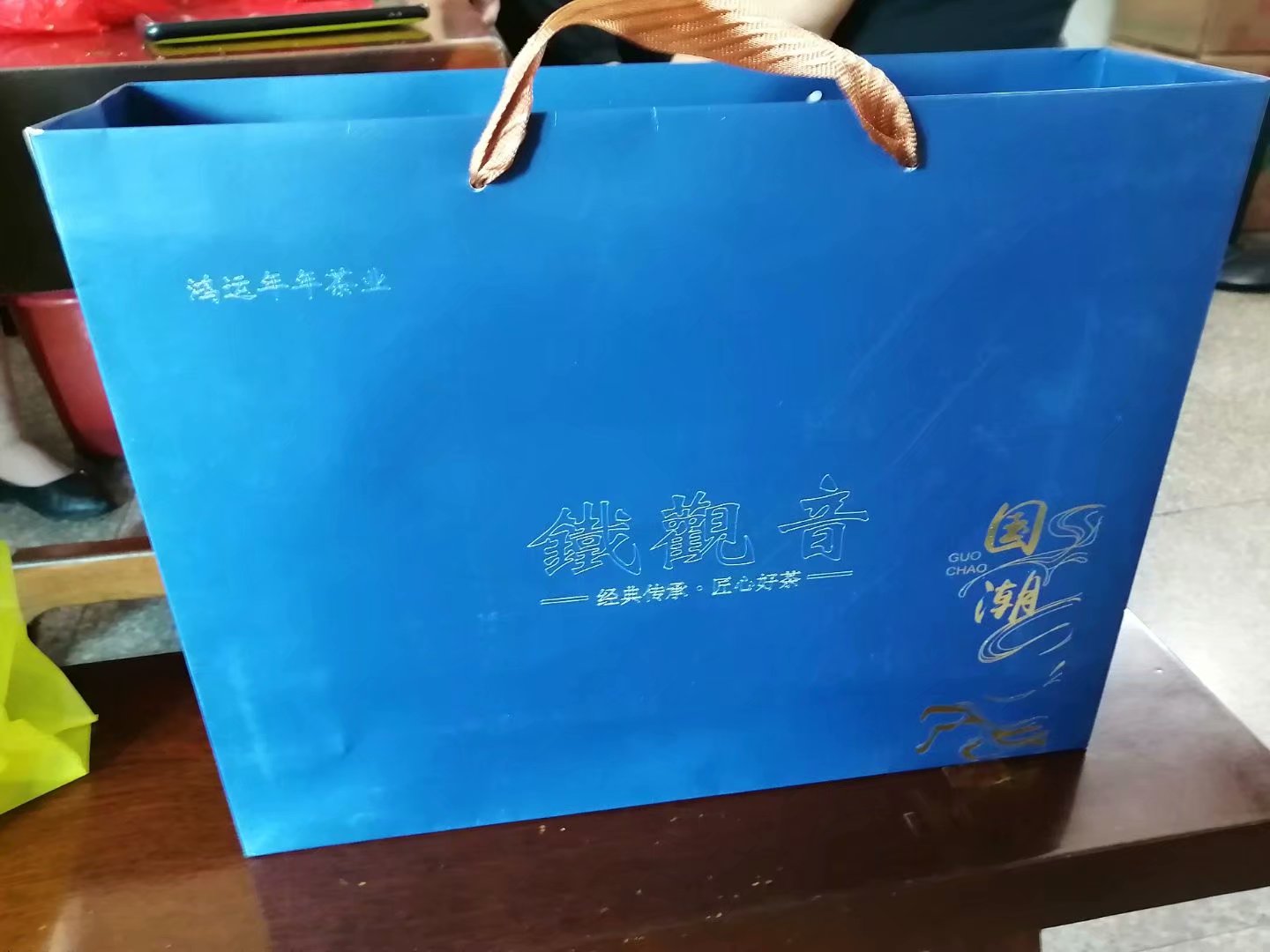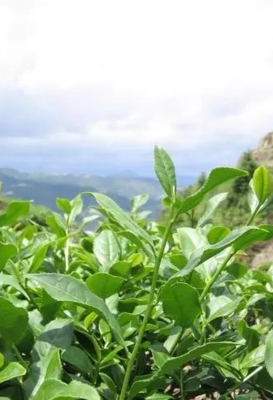|
|
茶叶香味密码
1
Issuing time:2022-04-27 22:42 时隔4年,刘运华依然清晰地记得那个激动人心的午后。那天,在安康市农业科学研究院茶叶研究所的实验室里,一款全新香型的富硒绿茶诞生了。 2018年4月的一个普通工作日,刘运华和所里的同事们像往常一样泡在实验室里。这个陈列着各类制茶设备的房间与其说是一个实验室,倒更像是一个小型制茶车间。杀青机、揉捻机、萎凋机等一应俱全。茶研所的同事们一年中有将近5个月的时间在这里度过。 “我们的科研攻关主要集中在品种选育和制茶工艺两个方面,选育是一个周期相对较长的工作,而制茶工艺的创新则往往需要打破常规。”刘运华告诉记者。 当时恰好赶上采茶季,茶研所的研究人员把收购回来的100公斤鲜叶进行加工。分选、晾晒、杀青、揉捻、烘烤……这一系列工序,研究人员早已烂熟于心,但就是这些司空见惯的工序,却隐藏着茶叶不为人知的“香味密码”。 待实验结束,刘运华发现还剩下大概10公斤杀青后的鲜叶。“剩下的鲜叶也不能浪费,怎么来加以利用呢?”刘运华暗自思忖,绿茶制茶工艺和其他5大类茶叶的制作工艺有所不同,按照传统制作方法,也能制出香味四溢的茶叶,但如果把绿茶工艺和别的茶类制作工艺加以结合,会不会有惊喜出现? 于是,他大胆尝试了一把。随着最后一批茶叶从烘干机里取出,一股不同寻常的花香弥漫了整个实验室。 没想到的是,正是这不经意的创新,竟研发出了一款全新香型的茶叶。 后经中国农业科学院的专家鉴定,这是一种兰花香型的茶叶。众所周知,安康本地的绿茶香型多为木香或栗香,没有兰花香。科研人员的努力无疑开创了安康富硒茶在这一领域的空白。 但到底怎样才能稳定生产出这种香型的茶叶?接下来,科研人员开始了艰难研究。 “杀青的温度、烘干的时长、鲜叶的品质,包括机器的参数设置都会影响茶叶最终的香味。”安康市农科院茶叶研究所副所长王朝阳告诉记者。 经过反复不断实验,茶叶研究所的科研人员最终成功得到了加工这款兰花香型茶叶的生产工艺。这意味着,这种神秘且难得的兰花香型茶叶,不再是昙花一现,而是可以在他们的技术标准下稳定生产出来。 日前,这一发明专利——《兰花香型富硒绿茶的加工方法》已得到国家知识产权局授权。而且关于这项专利技术的转化,已经有几家企业和茶研所取得联系。 中国是茶的故乡,中国人饮茶的历史也有千年之久。茶,品类繁多、口味各异、而其最迷人的特质还是在于它的香气。而茶香主要来自三个原因,品种、地域、工艺。安康地处秦巴腹地,特殊的自然地理气候为富硒茶的生长创造了不可复制的条件,可以说,地域塑造品种。但真正激活茶叶香味神经的还在于工艺,也就是工艺成就品类。 据了解,经分离鉴定的茶叶芳香物质已约有700多种,而茶鲜叶的芳香物质的种类相对较少,只有约80余种,所以茶香的形成主要在制茶的过程中,同时受茶树品种、生态环境、季节、采摘标准、加工工艺等因素影响。茶叶在杀青过程中,随着水蒸气大量蒸发,带走了大量低沸点物质,这时高沸点芳香物质才得以显露。 制茶工艺的改进和创新,不仅是品种研发的关键,对于提高茶叶的综合利用率更是功不可没。 安康多采春茶,每年清明前后到五一期间出产的茶叶品质上乘,味道绝佳。因此,企业也以生产春茶为主。而到了夏秋季节,茶叶品质相对较差,很多当季的茶叶就没有能得到有效利用。 “我们也想通过改进茶叶的加工工艺和开发新产品的办法,来提高夏秋茶的综合利用率,让一片小茶叶发挥更大的作用。”安康市农业科学研究院副院长周高新说。 近年来,安康市农业科学研究院茶叶研究所开展了绿茶、红茶、白茶、紫阳金钱橘茶、黑毛茶等茶叶产品的加工技术研究,其研究出的蜜香型红茶克服了夏秋茶香气淡薄、苦涩味重的缺点,并独具浓郁花蜜香。同时,该院结合安康市富硒产业发展要求,开展了茶树聚硒规律研究,为安康市富硒茶产业发展提供了理论依据。 “下一步,我们将继续开展好茶树种质资源调查及新品种选育工作,通过感官审评、产量测定等初步筛选一批优良茶树单株,从全国各地收集保存优良茶树种质资源,建设20亩茶树种质资源圃。同时,我们和西北农林科技大学合作,利用微生物发酵技术,定向接种加工具有安康特色黑茶新产品,丰富安康市茶叶产品种类,用科技力量促进安康茶产业发展提质增效。”安康市农业科学研究院院长张百忍说。 创新就是生产力。如何把传统做成强势,把主导做成主力,创新的钥匙就握在这些深耕茶叶科研的工作者手中,更掌握在千千万万茶企手中。 据介绍,2021年,安康市农科院农业科技项目立项23项,围绕富硒茶、食用菌等主导产业,集中攻克了一批产业发展技术瓶颈,示范推广了一批先进实用技术。目前,安康正在与秦创原总窗口对接,积极协调西咸新区提供秦创原安康创新飞地孵化园过渡空间,同时加快推进飞地孵化园建设,推动各县区加快融入秦创原创新驱动平台,充分利用秦创原资源优势,推动科研成果转化与产业链高质量发展。 After 4 years, Liu Yunhua still clearly remembers that exciting afternoon. On that day, in the laboratory of the Tea Research Institute of the Ankang Academy of Agricultural Sciences, a new type of selenium-enriched green tea was born. On an ordinary working day in April 2018, Liu Yunhua and his colleagues in the institute were in the laboratory as usual. This room, which displays all kinds of tea-making equipment, is more like a small tea-making workshop than a laboratory. Cracking machine, kneading machine, withering machine, etc. are all available. Colleagues from the Tea Research Institute spend nearly 5 months of the year here. "Our scientific research mainly focuses on two aspects: variety breeding and tea making technology. Breeding is a relatively long period of work, and the innovation of tea making technology often needs to break the routine." Liu Yunhua told reporters. At that time, just in time for the tea picking season, researchers from the Tea Research Institute processed 100 kilograms of fresh leaves. Sorting, drying, greening, rolling, baking... This series of processes, researchers have long been familiar with, but these common processes hide the unknown "fragrance code" of tea. After the experiment was over, Liu Yunhua found that there were still about 10 kilograms of fresh leaves after the greening. "The remaining fresh leaves can't be wasted, so how can we use them?" Liu Yunhua thought to himself, the tea making process of green tea is different from the other five types of tea. However, if the green tea process is combined with other tea production processes, will there be surprises? So, he boldly tried it. As the last batch of tea leaves came out of the dryer, an unusual floral scent filled the lab. Unexpectedly, it is this inadvertent innovation that has developed a brand new flavor of tea. Later, it was identified by experts from the Chinese Academy of Agricultural Sciences that this is an orchid-flavored tea. As we all know, the aroma of local green tea in Ankang is mostly woody or chestnut, not orchid. The efforts of scientific researchers have undoubtedly created a blank in this field of Ankang selenium-enriched tea. But how can we stably produce this kind of fragrant tea? Next, the researchers began a difficult study. "The temperature of the greening, the drying time, the quality of the fresh leaves, including the parameter settings of the machine will affect the final aroma of the tea." Wang Chaoyang, deputy director of the Tea Research Institute of the Ankang Academy of Agricultural Sciences, told reporters. After repeated experiments, researchers from the Tea Research Institute finally succeeded in obtaining the production process for processing this orchid-flavored tea. This means that this mysterious and rare orchid-flavored tea is no longer a flash in the pan, but can be stably produced under their technical standards. A few days ago, the invention patent - "Processing Method of Orchid-flavored Selenium-Enriched Green Tea" has been authorized by the State Intellectual Property Office. And about the transformation of this patented technology, several companies have already contacted the Tea Research Institute. China is the hometown of tea, and Chinese people have a history of drinking tea for thousands of years. Tea comes in many varieties and tastes, but its most fascinating quality is its aroma. The aroma of tea mainly comes from three reasons: variety, region, and craftsmanship. Ankang is located in the hinterland of Qinba. The special natural geographical climate has created irreproducible conditions for the growth of selenium-enriched tea. It can be said that the region shapes the varieties. But the real activation of tea aroma nerve lies in the craftsmanship, that is, the craftsmanship achieves the category. It is understood that there are more than 700 kinds of tea aroma substances that have been separated and identified, while the types of aroma substances of fresh tea leaves are relatively small, only about 80 kinds, so the formation of tea aroma is mainly in the process of tea making, and at the same time It is affected by factors such as tea species, ecological environment, seasons, picking standards, and processing techniques. In the process of green tea, with the evaporation of a large amount of water vapor, a large amount of low-boiling point substances are taken away, and then the high-boiling point aromatic substances are revealed. The improvement and innovation of tea-making technology is not only the key to the research and development of varieties, but also contributes to improving the comprehensive utilization rate of tea. Ankang picks more spring tea, and the tea produced from around Qingming to May 1 every year is of high quality and tastes great. Therefore, the company also mainly produces spring tea. In summer and autumn, the quality of tea leaves is relatively poor, and many tea leaves in the season have not been effectively utilized. "We also want to improve the comprehensive utilization rate of summer and autumn tea by improving the processing technology of tea and developing new products, so that a small piece of tea can play a greater role." Zhou Gaoxin, deputy director of the Ankang Agricultural Science Research Institute, said. In recent years, the Tea Research Institute of Ankang Academy of Agricultural Sciences has carried out research on the processing technology of green tea, black tea, white tea, Ziyang Qianjin orange tea, black hair tea and other tea products. The disadvantage of heavy bitterness and astringency, and unique rich nectar fragrance. At the same time, in combination with the development requirements of the selenium-enriched industry in Ankang City, the institute has carried out research on the law of selenium-enriched tea in tea trees, providing a theoretical basis for the development of the selenium-enriched tea industry in Ankang City. "In the next step, we will continue to carry out the investigation of good tea tree germplasm resources and the selection of new varieties. Through sensory evaluation and yield measurement, we will preliminarily screen a batch of excellent tea trees, and collect and preserve excellent tea tree germplasm resources from all over the country. 20 acres of tea tree germplasm resources garden. At the same time, we cooperate with Northwest Agriculture and Forestry University to use microbial fermentation technology to process new dark tea products with Ankang characteristics by directional inoculation, enrich the varieties of tea products in Ankang City, and use scientific and technological strength to promote the development of Ankang tea industry. Quality and efficiency.” said Zhang Bairen, director of Ankang Agricultural Sciences Research Institute. Innovation is productivity. How to turn the tradition into a strong force and the dominant force into the main force, the key to innovation lies in the hands of these workers who are deeply involved in tea research, and even more in the hands of thousands of tea companies. According to reports, in 2021, Ankang Academy of Agricultural Sciences will set up 23 agricultural science and technology projects, focusing on leading industries such as selenium-enriched tea and edible fungi, to focus on overcoming a number of industrial development technical bottlenecks, and demonstrating and promoting a number of advanced practical technologies. At present, Ankang is connecting with the general window of Qinchuangyuan, actively coordinating Xixian New District to provide the transition space of Qinchuangyuan Ankang Innovation Enclave Incubation Park, and at the same time accelerating the construction of the enclave incubator, and promoting the integration of counties and districts into Qinchuangyuan's innovation drive Platform, make full use of Qin Chuangyuan's resource advantages, and promote the transformation of scientific research achievements and the high-quality development of the industrial chain. |









